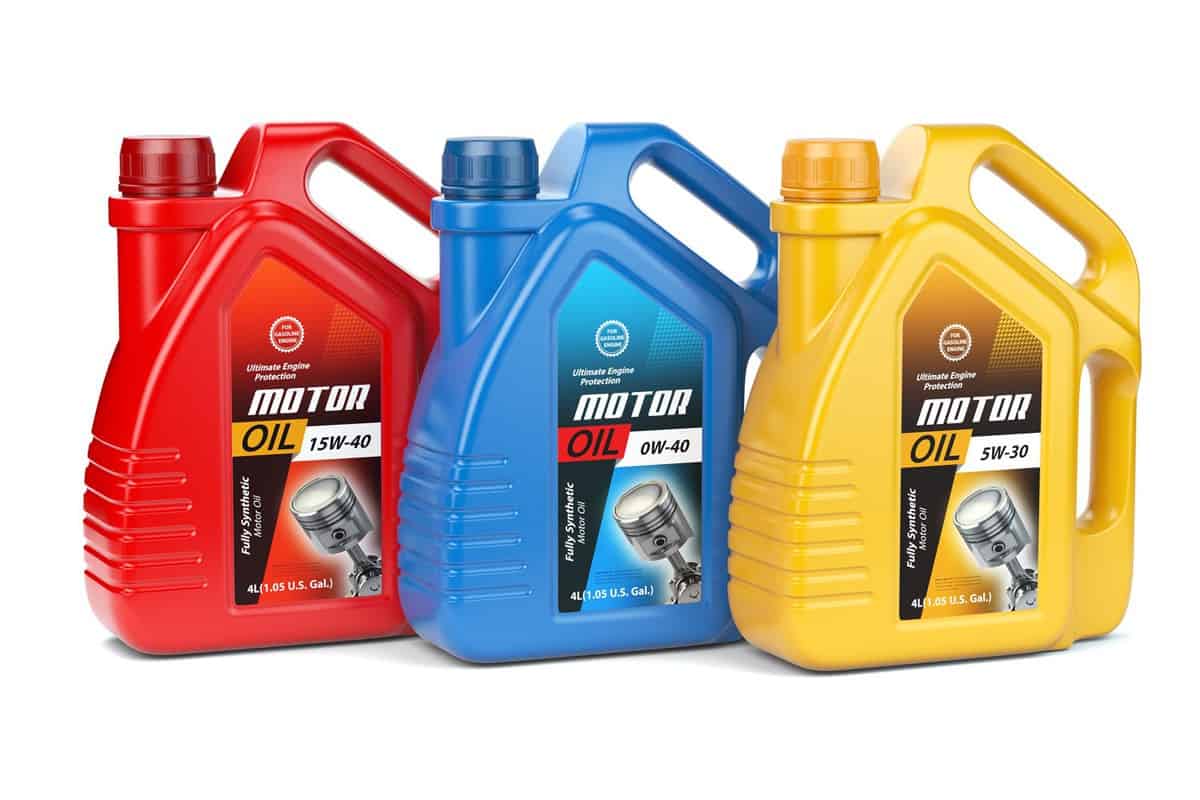Motor oil selection can be perplexing, and opting for the wrong type may lead to significant engine damage, in turn incurring high costs. In this guide, we will elucidate the various types of motor oil to facilitate informed decision-making

All lubricating oils can appear and feel alike unless oil-soluble dyes are incorporated to modify their color for easier identification. This similarity poses a challenge.
During my early days at an automobile repair workshop, we stored motor oil in 55-gallon drums. We would manually pump it into oil dispensing funnels and then add it to engines during oil changes. This routine worked well until a drum containing hydraulic oil was mislabeled as 10W-30 motor oil. Fortunately, we detected the error promptly and replaced the oil and filter in all the affected vehicles, except for one.
We immediately contacted the vehicle owner and arranged for the car to be towed back the following day. Although the engine was already emitting a slight knock, a new oil pump and the correct oil resolved the issue. If the car had been driven any further, the engine would have inevitably suffered significant damage, incurring substantial expenses. Presently, the cost of a new six-cylinder engine is approximately $5,500, with an additional $2,000 for labor.
In summary, selecting the appropriate motor oil should no longer be a perplexing task. We are here to assist you in making the optimal choice for your vehicle or power equipment.
Motor oil is essentially the lifeblood of an engine, performing vital functions such as cleaning, lubricating, cooling, cushioning, and safeguarding engine components against wear. Additionally, it suspends sludge, harsh chemicals, contaminants, and abrasive particles that are known to induce engine wear.
Different Types of Motor Oil
Most modern motor oils share a common appearance—a transparent yellowish amber hue, reminiscent of olive oil in consistency. However, it’s crucial to understand that motor oils are not interchangeable, necessitating a thoughtful selection based on the type of vehicle or equipment you own—be it a car, truck, motorcycle, or power equipment.
Always adhere to the specific motor oil recommended by the vehicle manufacturer or outlined in the OEM specifications. These specifications are typically detailed in the owner’s or user’s manual. Additionally, consider the prevailing conditions, such as the type of driving (city vs. highway), off-roading, temperature, dust, and dirt. For power equipment, factor in the duration of tool usage.
Conventional Motor Oil
Originating as crude (base) oil from the ground, all motor oil undergoes a refining process to eliminate impurities. It is then blended with additives that counteract sludge formation and prevent corrosion. Conventional oils are ideal for:
- Cars and light trucks that do not necessitate synthetic motor oils.
- Four-stroke power equipment, encompassing both single and multiple-cylinder engines (e.g., older lawn mowers, power washers, generators, outboard motors, snow blowers) that do not require synthetic oil.
- Two-stroke conventional motor oils are meticulously refined for small gasoline-powered engines in various equipment.
High-Mileage Motor Oil
Tailored for vehicles boasting 75,000 miles or more, high-mileage motor oil incorporates enriched additives that prompt the swelling of internal and external O-rings and gaskets. This swelling action potentially minimizes oil leaks and oil consumption in aging engines. Ideal for use in high-mileage cars and light trucks.
Full-Synthetic Motor Oil
Full-synthetic motor oil represents the epitome of engine protection. Rigorous distillation and refining procedures meticulously eliminate a greater proportion of impurities. Additionally, chemically enhanced friction modifiers are introduced, offering unparalleled engine safeguarding not present in conventional or synthetic-blend oils.
While synthetic oil offers superior performance, it’s not recommended for older model vehicles and equipment designed for conventional oil use. Utilize full-synthetic motor oil in:
- Modern cars and light trucks featuring various engine configurations, encompassing turbocharged and diesel engines.
- Contemporary motorcycles employing air- or water-cooling systems without a wet clutch.
- Recent two- and four-cycle air-cooled power equipment such as portable concrete saws, snowmobiles, and jet skis, unless otherwise advised by the OEM.
Synthetic Blend Motor Oil
Synthetic blend motor oil is a fusion of conventional oils and synthetic compounds, offering a blend of benefits. It delivers remarkable engine protection at a more economical price point compared to full synthetics. Suitable for use in:
- Automobiles and light trucks powered by non-turbocharged or non-diesel engines.
- Motorcycles equipped with air- and water-cooled engines.
- The majority of air- and water-cooled four-stroke power equipment engines with single or multiple cylinders (verify OEM recommendations beforehand).
Racing Motor Oil
Racing motor oils represent a category of full synthetics designed to endure the stresses of high-revving, full-throttle engine operations and heavy loads. These oils are compatible with both air- and water-cooled engines. They enhance wet-clutch performance in motorcycles by eliminating “friction modifiers” such as molybdenum, which could cause shifting difficulties. Recommended for use in:
- Racing motorcycle engines and drivetrains (refer to OEM recommendations);
- Four-cycle small engines like log splitters, pump motors, compressors, and go-carts;
- Four-cycle air-cooled small engines and long-running backup generators.
Marine Motor Oil
Motor oil tailored for marine engines is available in both conventional and full synthetic formulations, specifically crafted for two- or four-stroke high-revving marine engines. Additives present in marine motor oils provide superior corrosion protection and resist thermal breakdown even under extreme summer temperatures and demanding engine loads. Choose a brand that is compatible with boat engines, whether equipped with or without catalytic converters. Ideal for stern-drive and outboard motors.
